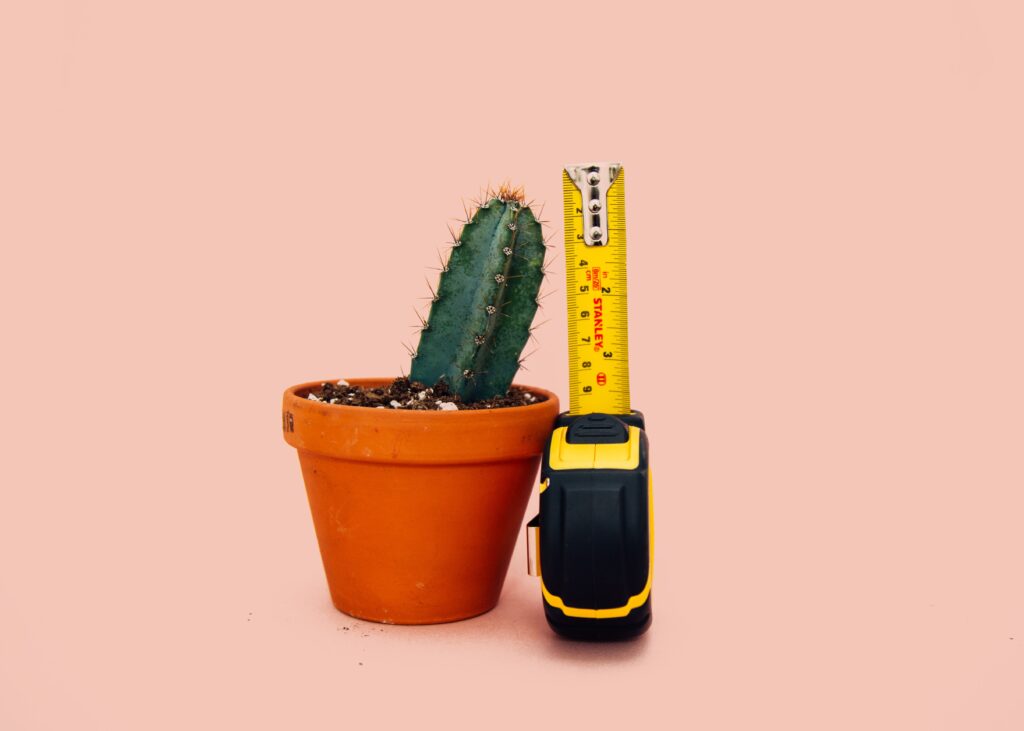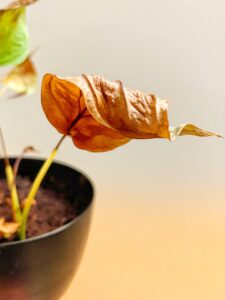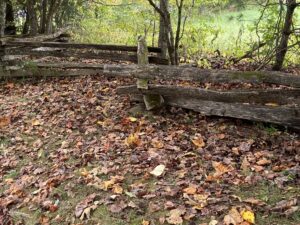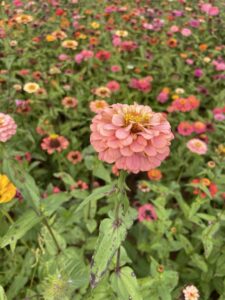Growth and Death
I love when plants grow new leaves. Growth in general is such a beautiful experience, and I enjoy having a front row seat to watching my personal plants sprout. Each new leaf starts as a tiny bud, unfurls into a miniature version of its future self, and then continues to get bigger over time.

Just like growth is a part of a plant’s life, so is death. Plants will “shed what’s dead” by losing their leaves (or even whole vines or limbs at times).
Shed What’s Dead
Shedding what’s dead is usually a multi-step process, just like that of growing new leaves. A leaf will turn yellow or brown as it starts to die. It may begin to shrivel or grow limp. Eventually, the leaf will either fall from the vine or need to be manually cut away by a gardener. This process of death is sometimes seasonal, such as the transition from fall to winter. Other times it is an indicator that a plant needs more or less of something. Maybe the plant needs more water, or maybe it’s being overwatered. It could be receiving too much sun or not enough. The plant may need to be moved to a larger pot so it can spread out its roots.

People also need to shed what’s dead in their lives.
Letting Go
When people shed what’s dead, they let go of a part of life that isn’t serving them well anymore. This could include almost anything; it depends on the person, his or her stage of life, the season he or she is in, etc. Some examples of things that may need to be shed are insecurity, people-pleasing, perfectionism, pushing yourself past your limits, lack of boundaries, and placing your identity in things that don’t define you. I could probably name at least a hundred more, but I’m sure you get the idea.
These things may be ways we coped with life or protected ourselves. They may be messages we have told ourselves or ones that others have told us. While they may have started as something necessary or positive, over time they have become an unnecessary crutch we rely on or a rusty weapon we wield against ourselves or those around us.

Just like with plants, there are often indicators that something in your life isn’t working anymore. As I’ve said before, our bodies are always speaking to us. It may take some digging to get to the root of the issue, but the signs that something isn’t quite right are often there. (For more on this topic, read “Are You Listening to Your Body?”.)
Natural…or Not
We all have natural periods of shedding what’s dead as we get older, gain more life experience, and go through various changes. These are our fall to winter seasons. But, we also have many seasons of life where the process of shedding isn’t so natural or smooth. This could come about through something like a traumatic life event, or even a time in life that is both joy-filled and also difficult. (For more about a time in my life that has been both happy and hard, read “Marriage Isn’t Easy”.)

When I think of this process, I often become overwhelmed. My mind starts making a list of everything I need or want to change about myself, and I become anxious. It seems impossible when you think about it in that way. But, the process of shedding what’s dead needs to be slow, one or two “leaves” at a time. It doesn’t need to happen all at once, and in order for lasting change to occur, it shouldn’t happen in “bulldozer fashion”.
While shedding parts of ourselves is ultimately something we have to do on our own, we don’t have to undergo it alone. We may need guidance or comfort from God, a trusted friend or family member, or a counselor. In my life, I have gone to all of the above. (For more on this topic, read “Community Matters”.) Community is important and so helpful when going through a process of death (and growth). But, the people in your life can’t do the work for you. At the end of the day, you have to want to change and put in the work to make it happen.
Take Time to Consider
Just like plants go through periods of growth, they also go through times of death. So do people. This process where we shed what’s dead is when we remove parts of ourselves that aren’t helping us anymore and may even be causing harm. Sometimes it is a process that takes place naturally, and other times it happens due to events that occur. It is a slow affair, but taking the time to shed what’s dead leads to us becoming stronger, healthier versions of ourselves.

What is something in your life that needs to be changed or removed completely so that you can grow?





